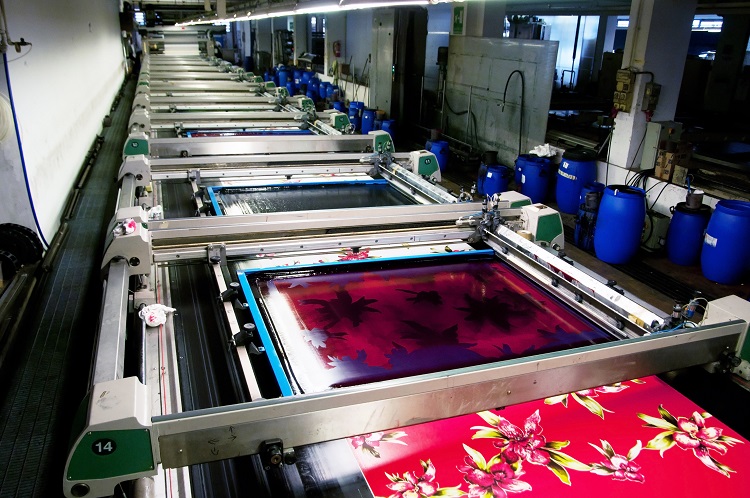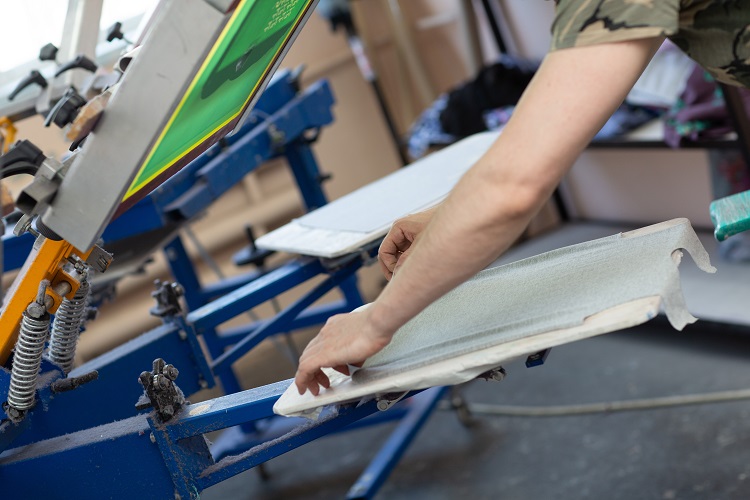
With consumer awareness and consciousness shifting toward sustainable fashion, businesses in the clothing industry began to focus on making brands ethical. One that’s gradually gaining momentum is clothing printing. Traditionally, clothing printing primarily uses inks and dyes on T-shirts. However, they’ve been known to produce large volumes of chemicalized wastewater, consequently polluting drainage systems when disposed of.
Indeed, this might have detrimental effects on the environment in the long run. Yet, this is why sustainable clothing printing comes in as a more eco-friendly means of printing custom T-shirts and other clothes. It aims to reduce the environmental impact of printing clothes by using non-toxic dyes and natural materials. Also, it adheres to the corporate social responsibility of ethical supply chain and anti-exploitative labor standards.

In achieving sustainable clothing printing, below are some essential factors you must keep in mind.
- Organic Fabrics
A key goal in sustainable fashion is switching towards using natural and organic materials and fabrics when making clothing. This includes using recyclable fabrics and has a minimal impact on the environment. Also, the fabrics assessed must have a little-to-no effect on farming, soil, natural habitats, greenhouse gas emissions, and water and microplastic pollution.
As such, worldwide regulatory authorities approve clothing brands that meet these criteria. For instance, Fair trade T-Shirt Printing is an international certification that recognizes and validates a clothing brand’s status as sustainable. Look out for the ‘organic’ and ‘Fairtrade’ labels on clothing to mark the sustainable recognition.
The most popular organic fabrics that pass this sustainability test are organic cotton, hemp, and bamboo. Organic cotton is beneficial because it’s a durable material that can be grown and processed without pesticides and harmful chemicals. It also uses significantly less energy and water to manufacture and make clothing.
- Recycled And Treated Water
The amount of water used and disposed of to make clothing has been of great concern to environmentalists. This is why sustainable clothing printing has opted for recycling and treating water that would’ve otherwise gone to waste or could’ve contained harmful chemicals.
One of the solutions used to recycle and treat water in several industries, including fashion, is filtration technology. The systems operate by removing unwanted substances from the water. These substances can be chemicals, colorants, dyes, and pollutants, making the water too toxic to reuse. Once the contaminants are removed, the now cleaned water can be pumped back up to be reused.
This technology is mostly still available to large corporate companies who can afford them. Small sustainable businesses use genuine ink and dyes extracted from the natural colors of vegetables and foods such as carrots, berries, and coffee beans. This eliminates the need to remove harmful substances when recycling water for clothing printing.
Recycling wastewater for fashion also helps sustainability efforts because it reduces the demand and usage of fresh water. This is a bonus because freshwater is becoming a scarce resource.
- Social Responsibility
Sustainable fashion printing is changing the industry’s reputation of unethical labor practices for good. This means each individual involved at every production level, from sourcing to manufacturing and printing, is treated fairly according to garment workers’ rights. A fair amount of consumer pressure over the years has led to the shift towards worker-focused ethical fashion.
The ethical standards begin with the supply chain and being transparent with where and how materials are grown and soured. This ensures farmers use equipment and treatments that adhere to safety standards. It also includes ensuring that no harmful chemicals are used to harm a laborer’s health.
In terms of manufacturing, sustainable clothing printing follows fair labor practices for manufacturers. These include providing good quality and safe working conditions, golden working hours, and reasonable compensation. Additionally, there’s also monitoring the supply chain at every management level to prevent child labor and forced labor. This is especially important if printing clothing sources materials or work from another country.
Conclusion
Ethical fashion has become a hot topic among environmentalists and custom fashion fans alike. This is part of an effort to minimize the impact of clothing printing and fashion on the environment, particularly on water and labor.
The sustainable printing industry has shifted chiefly to making clothing from organic fabrics that have a lower impact on farming and nature. Furthermore, recycling wastewater or using natural color ants that won’t pollute water o be recycled has become a top priority. Finally, improving labor standards and adhering to workers’ rights maintains a commitment to social responsibility. All these elements combined make sustainable printing more eco-friendly and ethically sound.


